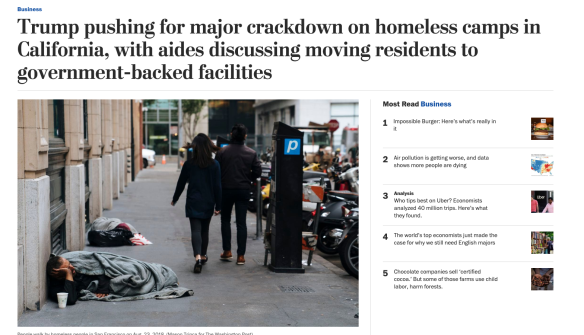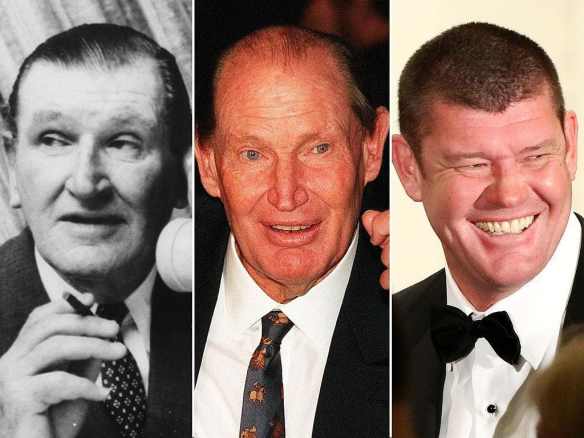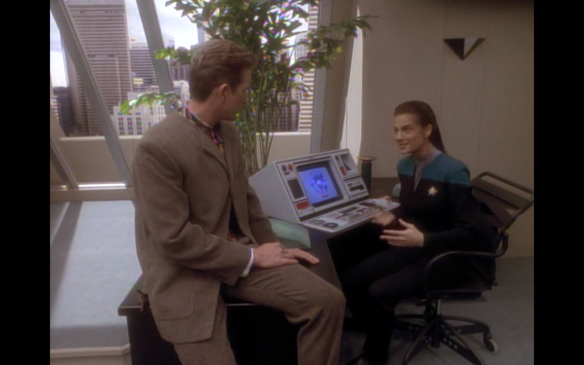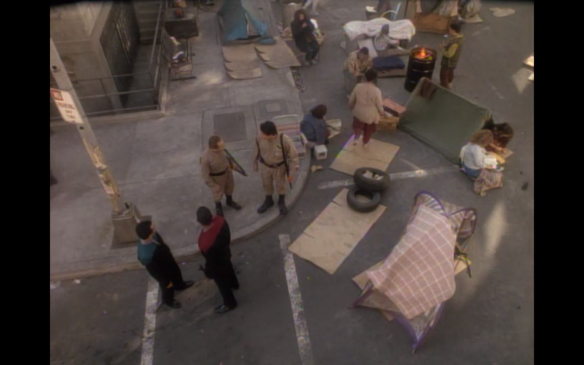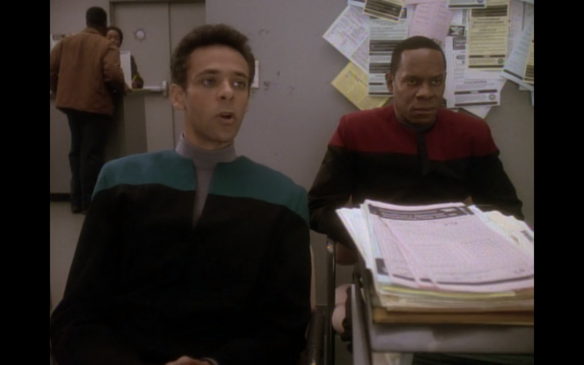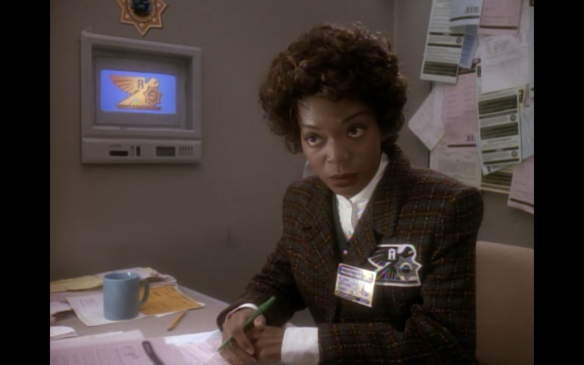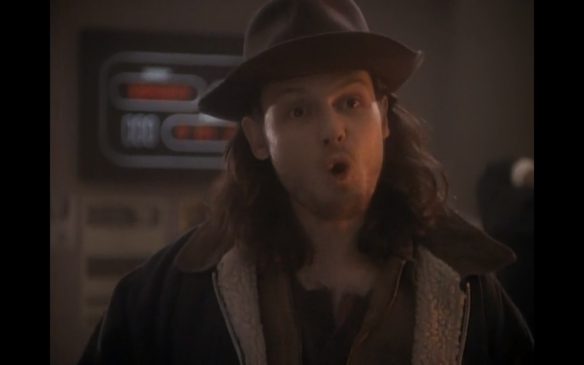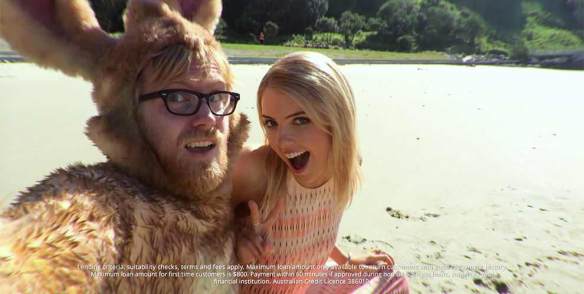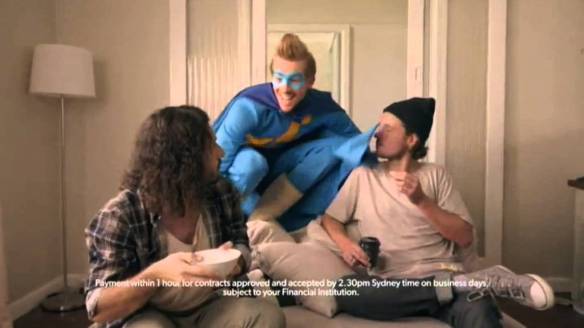In the more than six years I’ve lived in South King, Newtown, I’ve seen countless shops come and go. I always feel something for them – the shop owners, that is – when the Closing Sale sign went up in the window only to be replaced by the For Lease sign.
I’ve seen a crepe shop close and become another crepe shop, only to close again and open up as a boutique make-up artist shop with a massive and fantastic Cupie Doll window graphic. But even that has since shut down. Now that shop is another clothing store. Designer, boutique, ubiquitous. Closed and lifeless, like the pubs.
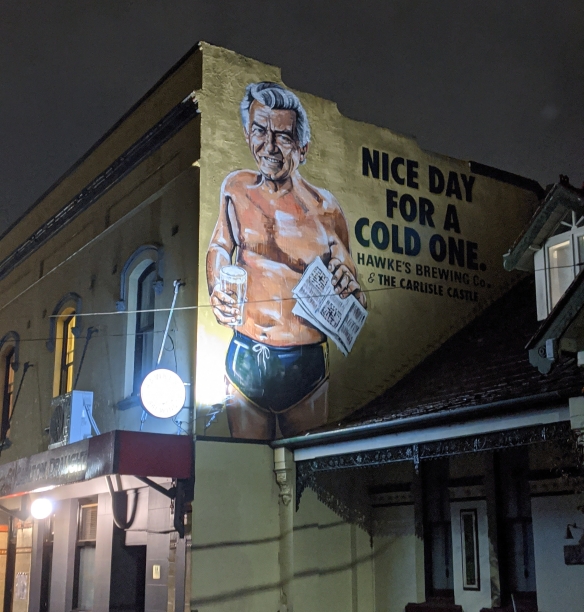
Bob Hawke at the Carlise Castle.
It’s not hard to imagine how many of the static shopfronts I’ve walked past over the years will soon have For Lease signs in their windows soon too. They all have the virus, whether they show the symptoms or not.
South King has always been thought of as the lesser half of Newtown. The top side – the flatter, longer stretch of King Street that meanders down from the university and hospital toward the station – has always been the prime of place for local businesses. That’s where the students and commuters are, or were. It was home to Gould’s Books, the musty stack of second-hand tomes and paperbacks. But this institution of Newtown has gone in the opposite direction and shifted to South King into a shadow of its former warren.
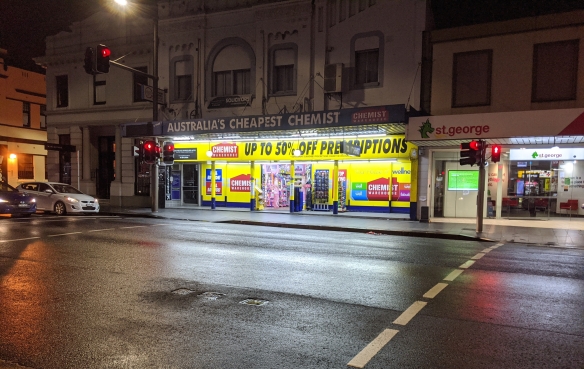
The chemists are open at night, but nothing much else is.
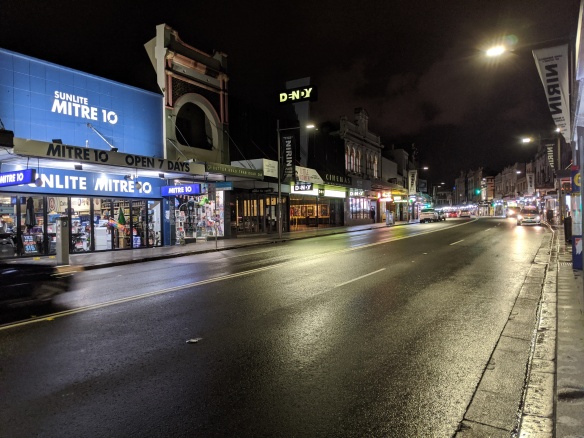
No entertainment on King Street, Newtown.
Today, in crisis, foot traffic is down because everything has been shut down. The small enterprises are locked down, shoppers isolated as local and national economies are put in the deep freeze. One day we will unfreeze these engine rooms of the economy, but no one can say when or how much of it will have freezer bite and need to go straight in the bin.
Up top is the cinema (closed), the pharmacies (open) and the churches (closed, but services have moved online), the sex shops (open). At 9pm on a Wednesday it feels like 3am on a Monday.
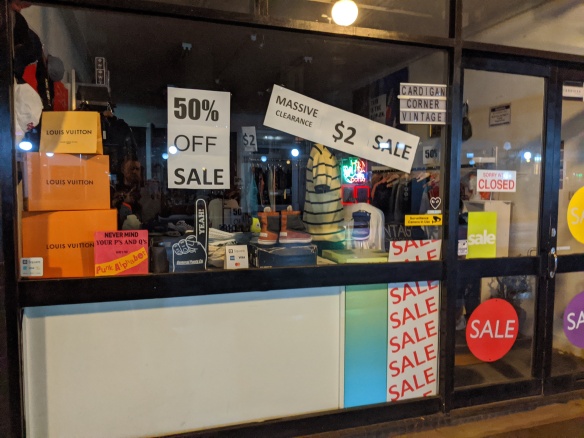
One of the many post-norm core op-shops of South King.
For some South King staples, the Covid-19 pandemic could not have come at a worse time. The Retrospect dress shop was blessed with an angled window frontage that, as you strolled down the hill toward St Peters, allowed four dresses to be displayed: three on one side leading to the door, then the prize had its on spot. It caught the eye as you walked by. Often it was a dazzling frock, sometimes it was a zutsuit, but never easy to ignore. Frontages like this are characteristic of South King; it has window display constructions that draw you into the shopfront and pull you inside; vestiges of the art of window shopping from a time of consumer arts, not manipulation, when there were few big name brands and a crafty, creative diorama was needed to reel in shoppers.
The dress shop has since moved topside, away from the grungy end of town. I wish it well in the big leagues, but it could not have made the move at a worse time. The same goes for the Pastizzi Cafe – a mainstay of South King so popular that patrons never lined up for food; they crowded. Its wide range of Maltese pastries, pasta and sweets made it a popular spot in South King, but it never had capacity to meet demand. To house its mass of customers it moved up in the world, to a much larger place on Top King in early March.
“Finally. Finally. Finally. We are moving – 5th March,” the poster in the window proclaims. “We love Pastizzi Cafe. Don’t leave South King,” some fans wrote on the poster. “Stay open on South End,” pleads another.
Maybe now they wish they listened and stayed; the move could not have come at a worse time.
In mid-March, the lockdowns started coming. They came in stages, “Stage Two” lockdowns on one day, “Stage Three” a few days later. How we adequately measure these quantitative measures will be one for the pointy heads, but in micro economic terms it would seem our South King neighbourhood is fucked.
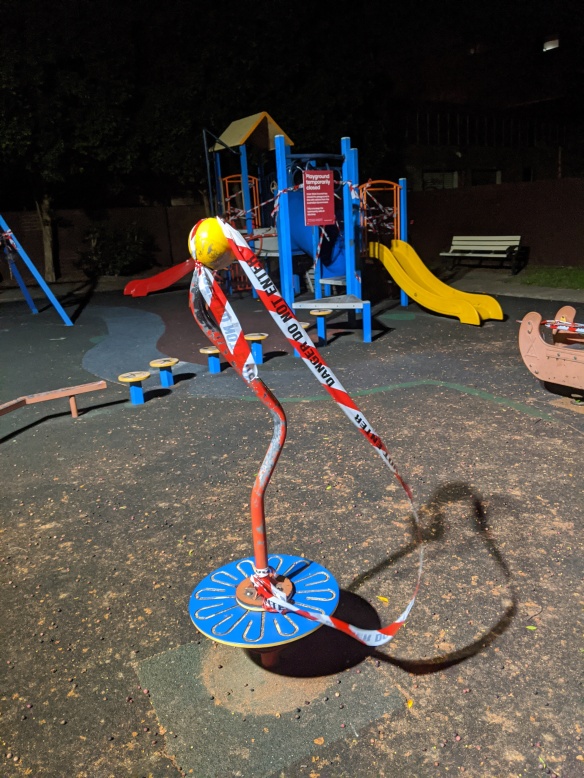
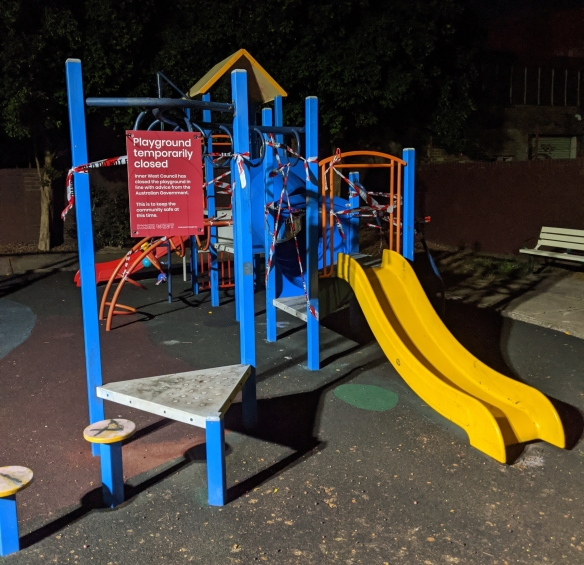
Play time is over.
You only need to take a walk along King Street – call it exercise, so the jacks don’t slap you with a $1,000-$11,000 fine for breaching new orders of isolation and containment – to see how hard-up our world is. Step off the main drag to a playground and you will find swing sets strapped up, slides marked out of order, and all manner of play equipment deemed unsafe in this time of Coronavirus. Everything is roped off, No Fun is to be had, play time is over – according to Inner West Council and all other local governments. But if you want to use the bubbler, go right ahead. No tape there telling you no.
To me it’s always been “the St Peters-end of Newtown”, but now it’s its own neighbourhood. South King has had a growing culture of its own, with a number of bars and pubs that host live music, post-norm core op-shops and record stores. But it’s all on ice in a city whose culture has been on ice for the better part of a decade. If you put it back in cold storage it will thaw out, but it might be trash.
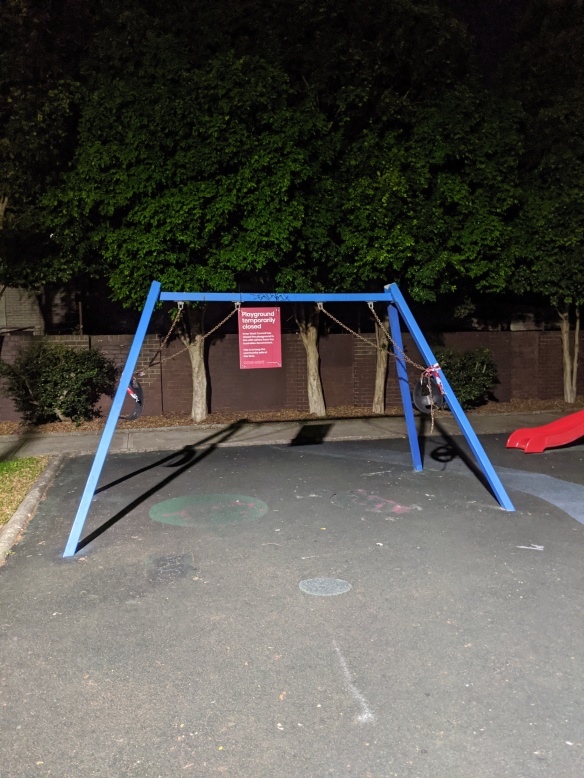
This sad reality is manifest in the empty and lifeless Union Hotel. That’s the one on the corner of King and Union streets, so called because during the Great Depression out-of-work men would gather, hungry and desperate for food and opportunity. So hungry, so desperate were these men that when police came down and push become shove, leading to the first arrests in Australia under the common law Riot Act in 1931, according to historian Nadia Wheatley, a must-read for understanding the anti-eviction movement of the Great Depression.
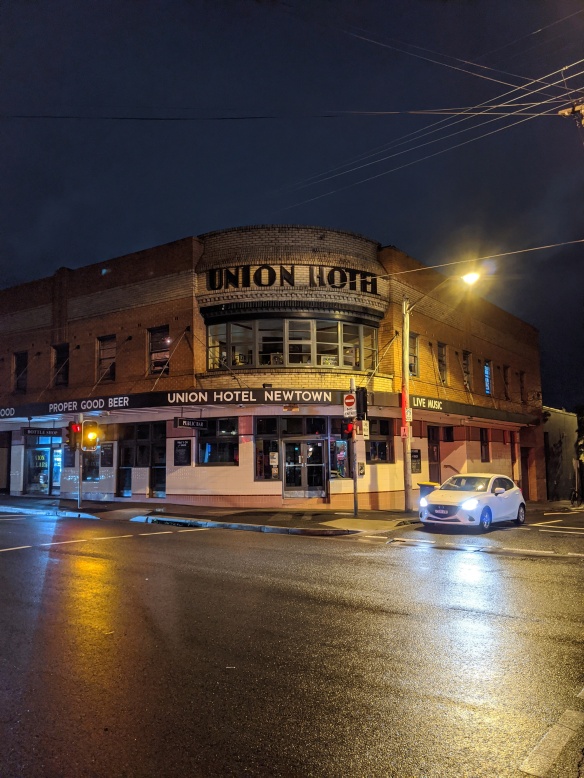
The Union Hotel on South King, home to Australia’s first official riot.
There is no rhyme or reflection between then and now. Then, we gathered in breadlines. Today our lines must have adequate of 1.5 metre spacing. (Props to the Morrison Liberal Government for bringing back literal dole queues for a short period).
Today, The Union Hotel sits empty and quiet. It boasts live music and “proper good beer”, but with people observing adequate social distance measures it’s hard to find union and build solidarity among us. With no customers there are no shops. With the neighbourhood in lockdown, there is no life South King.
The shops are closed, the pubs are shut, but we still have the people. We must start building our resistance and viability now – before our time is up. There is power in a union. Start building with workers and neighbours.







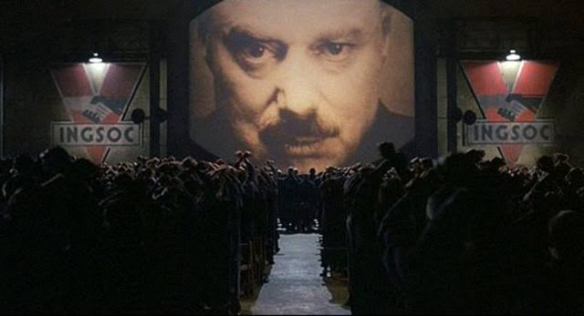





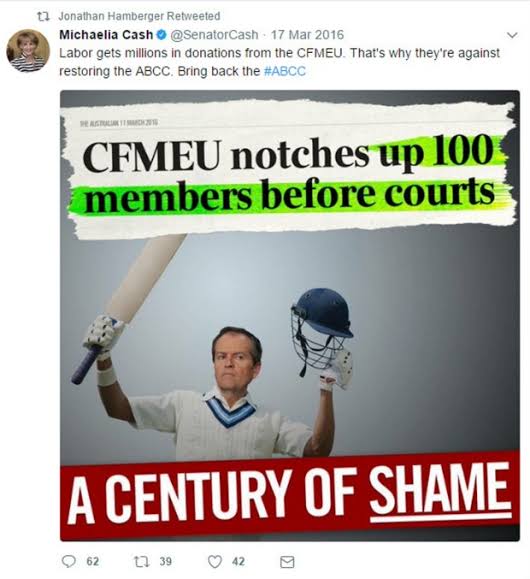
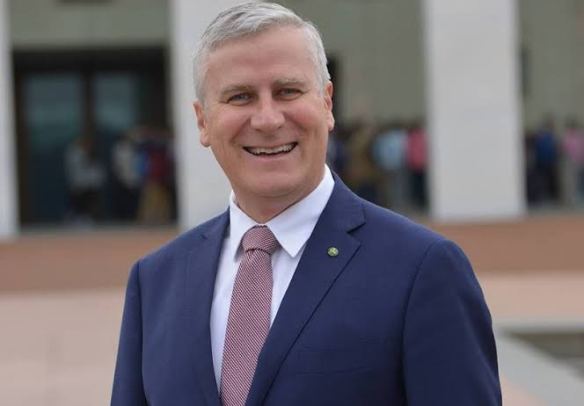
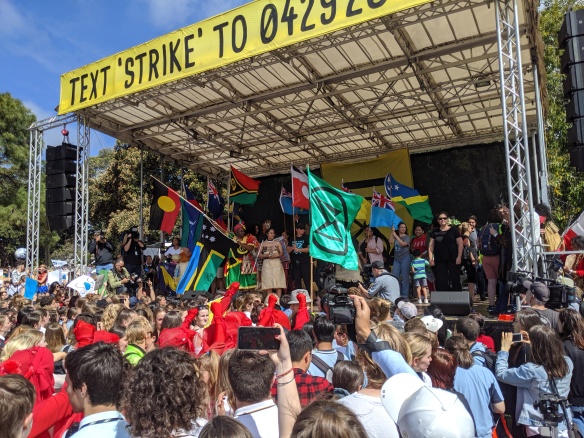


 They are on the wrong side, but the fight isn’t against the jacks, not really. It’s with the people they protect. The people Matt Canavan, minister for mining, bows down to hollow attempts to seem folksy.
They are on the wrong side, but the fight isn’t against the jacks, not really. It’s with the people they protect. The people Matt Canavan, minister for mining, bows down to hollow attempts to seem folksy. 
